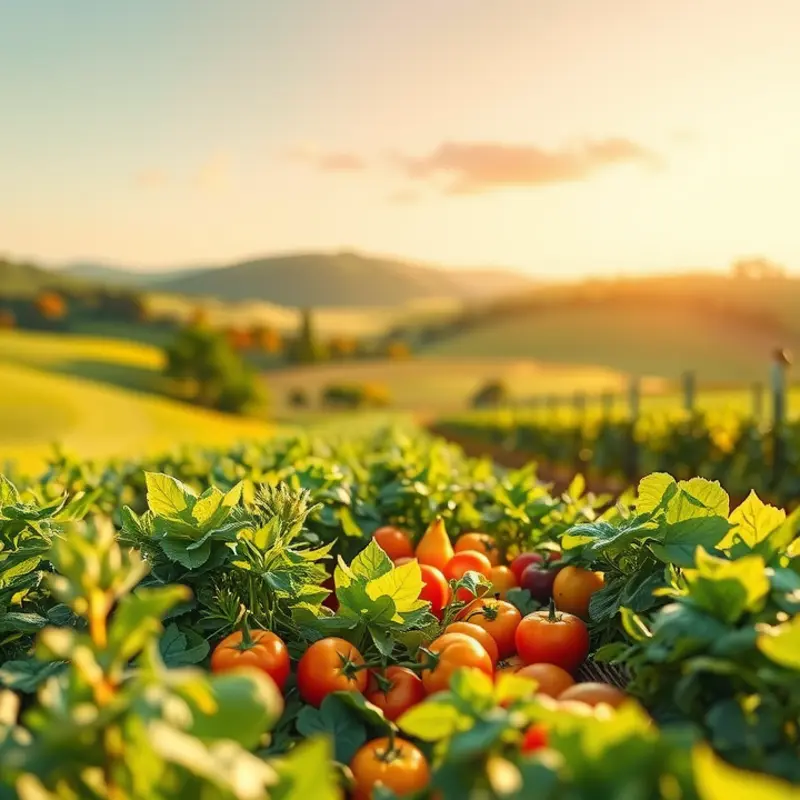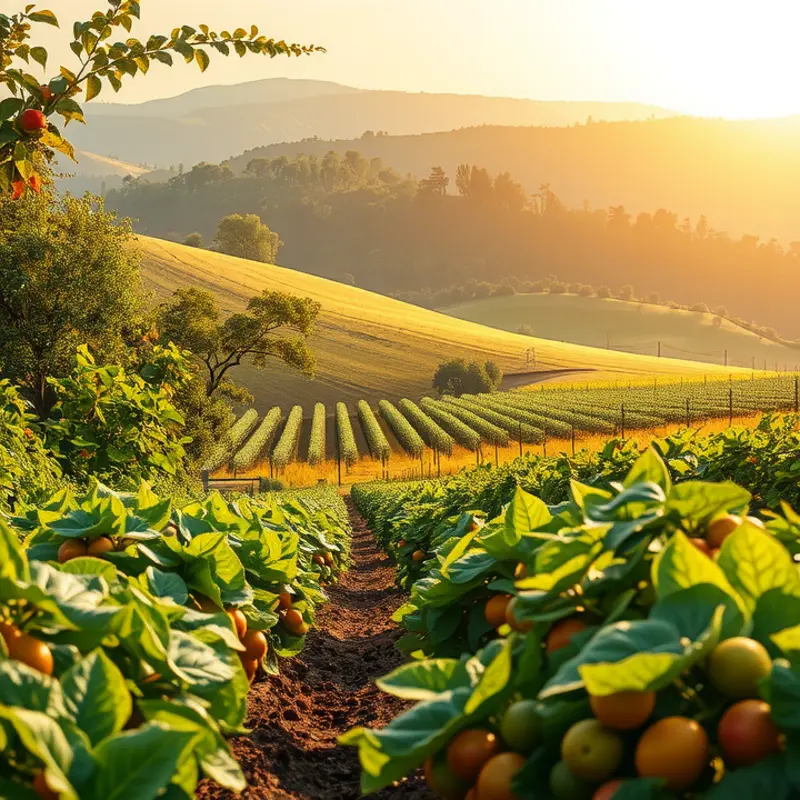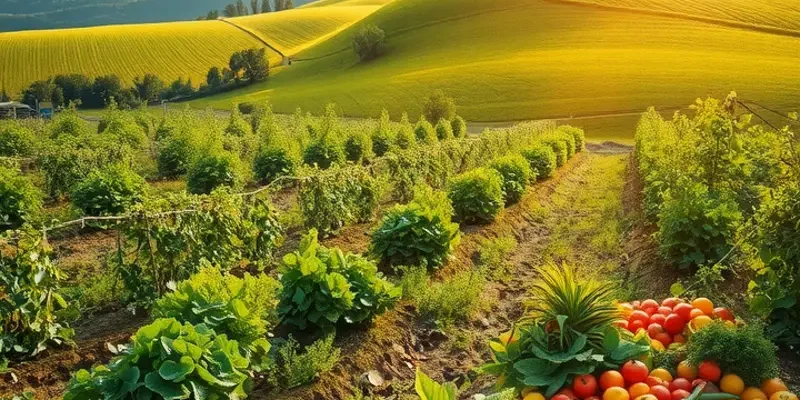Every meal tells a story, weaving together culture, tradition, and symbolism. Across the world, food takes on meanings that go far beyond taste. From the rituals of celebration to the comforts of home, the significance of culinary practices illuminates deep-rooted beliefs and customs. Join us on an explorative journey through various cultures, where we uncover how the ingredients we cherish can represent love, prosperity, mourning, and festivities.
Culinary Customs: Foods of Celebration and Mourning

Food acts as a universal language, expressing the complex emotions of celebration and mourning. Around the globe, different cultures have unique culinary customs tied to significant life events. With each dish, people weave tales of joy, remembrance, and solace into the fabric of human experience.
Bread signifies unity and sustenance across many cultures, serving different roles depending on the context. In Western weddings, breaking of the loaf symbolizes a couple sharing life together. Meanwhile, in Armenian funerals, ‘gevrek’ bread is broken to offer hope of continuity and support for the grieving family. The versatility of bread bridges the spectrum of life’s greatest moments.
Rice, a global staple, features heavily in rituals. At Indian weddings, newlyweds shower each other with rice to invite prosperity into their new life. The grain’s abundance symbolizes fertility and wealth. In contrast, Japanese funerals often include rice offerings, placed in bowls as a tribute to the deceased, marking a transition from life’s abundance to spiritual peace.
Fruits like pomegranates and oranges carry deep symbolic meanings. Pomegranates, bursting with seeds, represent fertility and revival. In Persian New Year celebrations, they are essential for welcoming new beginnings. However, in Greek funerals, these fruits become symbols of life after death, their seeds echoing the idea of rebirth in the afterlife.
Culinary rituals also manifest in shared communal experiences. An instance is the New Orleans jazz funerals where, amid somber proceedings, a lively culinary festivity ensues. Participants dine on comforting gumbo and jambalaya, where spice and warmth echo the bittersweet embrace of loss and life.
Conversely, in Peru, a joyous birthday celebration isn’t complete without ‘Causa,’ a layered potato and chicken dish. Symbolizing the layers of life, it’s both a tribute to history and a celebration of moving forward. Gatherings around such meals reinforce community bonds and shared pasts.
Additionally, the role of food shifts in reflective practices. This resonates with concepts in mindful eating, where participants learn to savor not just the flavors but the emotions tied to tradition. Engaging deeply with these culinary customs fosters connections not only with the food but with each other.
Thus, whether through celebratory feasting or solemn gatherings, food serves as both a marker of cultural identity and a medium for expressing shared human experiences. Its presence in ceremonies of joy and sorrow spans continents, linking us through the universal act of nourishment.
Resilience Through Recipes: Food as Cultural Identity

Food is much more than sustenance; it is a narrative woven with the threads of history, identity, and resilience. Across diverse communities, culinary traditions serve as a testament to a people’s heritage and ability to persevere through adversities. Each ingredient and preparation method tells a story of triumph, making food a vital component of cultural identity.
In Mexico, mole, a rich and complex sauce, is a poignant example. Its creation is a blend of indigenous ingredients and cultural influences from Spanish colonizers. The intricate preparation of mole reflects centuries of adaptation and survival, with each family adding its unique touch that has been passed down through generations. Mole is not just a culinary delight; it symbolizes Mexican resilience and cultural fusion.
Similarly, the Korean dish kimchi encapsulates the essence of time-honored traditions and adaptability. Made from fermented vegetables, often napa cabbage or radishes, seasoned with an array of spices and garlic, kimchi is a staple in Korean households. It emerged out of necessity to preserve vegetables during harsh winters. Today, kimchi represents Korean pride, showcasing an enduring spirit in the face of change while adapting continuously to new flavors and ingredients.
In Ethiopia, injera, a sourdough flatbread, is central to communal meals. Made primarily from teff, an ancient grain, injera’s tangy flavor and unique texture stem from a long fermentation process. This dish not only embodies Ethiopian cuisine but also signifies unity and community. Eating from a shared platter, tearing pieces of injera, fosters a strong sense of interconnectedness and mutual support.
In Mumbai, street food tells its own tale of urban resilience. The famous vada pav, a spicy potato filling within a bread roll, is a symbol of the city’s industrious spirit. It emerged as an affordable meal for mill workers and has since become an icon of Mumbai’s fast-paced yet robust culture. Each vada pav vendor adds distinct variations, reflecting personal and regional identities within the bustling city landscape.
These recipes and countless others worldwide emphasize the importance of food in maintaining cultural continuity amid change. They highlight how communities have embraced their history, using it as a foundation for creativity and innovation. Street foods, family treasures, and ceremonial dishes all exude the voices of ancestors, embedding memories and emotions in every bite.
For those interested in further exploring how culinary traditions shape cultural experiences, consider understanding more about the culinary influences across borders. As we explore the intersection of food and identity, these stories underscore that resilience is often carved out of history and forged in the kitchens of every culture.
Final words
Food is more than just sustenance; it embodies history, culture, and emotion. Through its rich symbolism, we can see how individuals and communities share their stories and values. As we enjoy meals from different parts of the world, we become part of a greater tapestry of human experience grounded in heritage and resilience. Let this exploration inspire us to appreciate the culinary traditions around us and recognize the deep connections we share through food.








